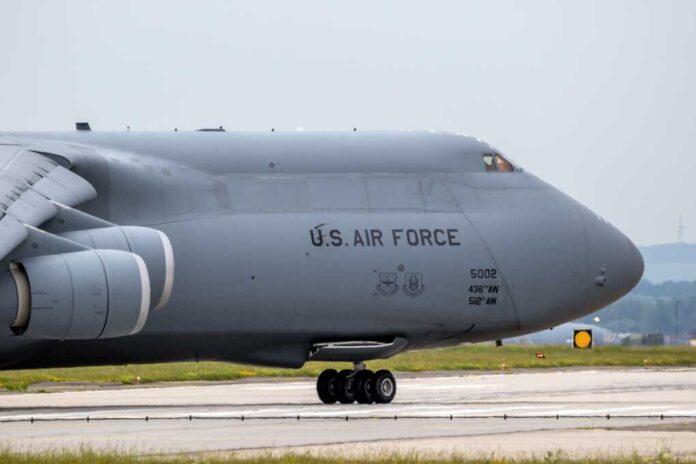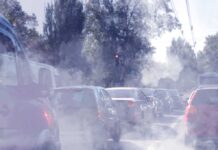
The Air Force’s latest health risk assessment sparks renewed outrage as missile base cancer cases raise fresh questions about the safety of America’s defenders.
Story Highlights
- Missileers and support staff at U.S. nuclear missile bases report elevated rates of rare cancers, fueling concerns about toxic exposures.
- The Air Force’s 2025 studies found a “slightly elevated but low” cancer risk, but many veterans and families dispute these findings and demand more action.
- Contaminants linked to cancer were confirmed at three major missile bases, intensifying scrutiny and calls for workplace safety reforms.
- Ongoing debate pits official military assessments against the lived experiences of affected service members, with trust in leadership eroding.
Cancer Clusters at Missile Bases: A Growing Concern for Military Families
For decades, missileers and support personnel assigned to underground launch facilities at F.E. Warren, Malmstrom, and Minot Air Force Bases have served in isolated, poorly ventilated environments, often unaware of lurking hazards. Reports of rare and aggressive cancers, especially non-Hodgkin lymphoma, have steadily increased among these veterans since the 1970s. Families and advocacy groups believe that exposure to hazardous chemicals and contaminants is the root cause.
After years of mounting anecdotal reports and advocacy from affected veterans, the Air Force finally launched comprehensive environmental studies and health assessments in 2023. By June 2025, the service released data acknowledging a “slightly elevated but low” cancer risk among missileers and support staff. This announcement has done little to reassure families, many of whom have lost loved ones or watched friends struggle with devastating diagnoses.
People who maintained the nation’s nuclear missile arsenal are coming down with similar cancers. The Air Force is wrapping up a large study of the health risks they may have faced. https://t.co/XqZcuImKGr
— Montana Free Press (@mtfreepress) October 1, 2025
Environmental Hazards Confirmed: What the Studies Revealed
Recent environmental investigations confirmed the presence of cancer-linked contaminants at all three major missile bases. The underground launch control centers—distinct for their isolation and lack of airflow—allow chemical accumulation, making them uniquely hazardous compared to typical military workplaces. The findings echo past research on Russian nuclear workers, who experienced higher rates of rare cancers due to chronic exposure without proper protection. While some international studies show similar patterns, others remain inconclusive, highlighting the challenges of linking low-dose, long-term exposures directly to cancer rates.
Military leaders, including Col. Ric Speakman, now publicly admit that the risk “is low but not zero,” emphasizing ongoing occupational surveillance. Yet, affected missileers and their advocates maintain that this response falls short—citing underreported cases and inconsistencies in the Air Force’s communication. The growing dissonance between official statements and personal experiences has further strained trust in military leadership, fueling persistent demands for independent oversight and compensation.
Calls for Accountability and Policy Reform Intensify
Veterans’ advocacy groups continue to press for full recognition of occupational hazards and meaningful reforms. Congressional representatives, prompted by grassroots campaigns and investigative journalism, are under increasing pressure to mandate independent oversight, expand health monitoring, and ensure compensation for impacted families. The stakes extend beyond the missile community, potentially shaping occupational health standards for other high-risk military and civilian sectors nationwide.
While official studies have spurred some improvements in transparency, many believe the pace of change is unacceptably slow. The erosion of trust in military leadership, combined with the emotional and financial toll on families, underscores the urgent need for reform. As debate continues, the challenge remains: ensuring those who defend American freedom are not left to fight alone against the hidden dangers of their own service environments.
Sources:
Cancer Risk at Air Force Missiles Sites ‘Low But Not Zero,’ Latest Service Data Shows – Military.com
Rate of Rare Liver Cancer High Among Russian Nuclear Workers, Particularly Women, Study Finds – Georgetown Lombardi
INWORKS: International Nuclear Workers Study – American Journal of Epidemiology
Nuclear Missile Workers Are Contracting Cancer. They Blame the Bases – KFF Health News


















